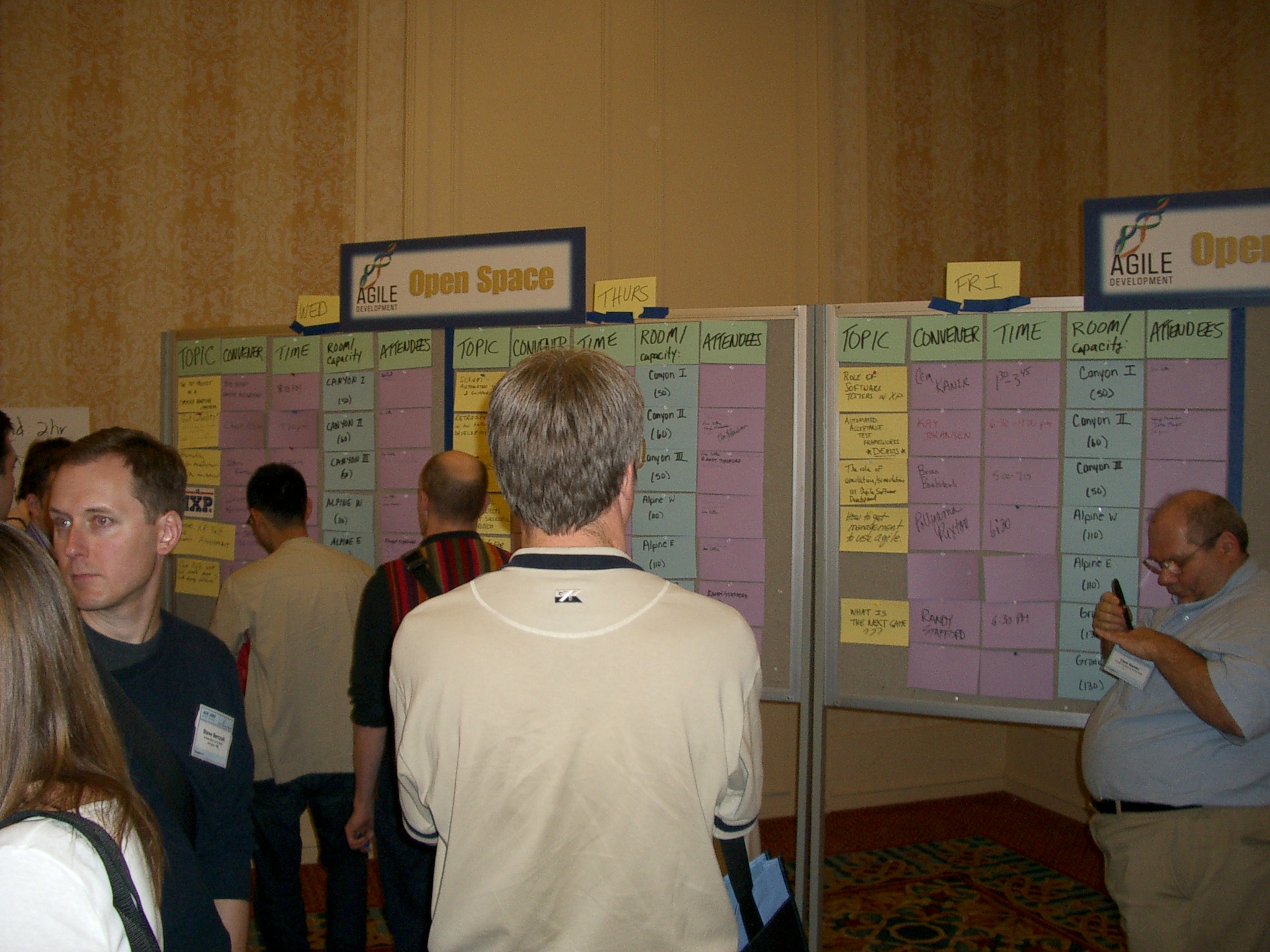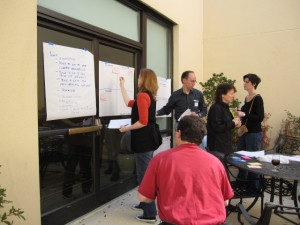How is Agile influencing the traditional role of the Business Analyst? What will the future hold for people with business analysis skills? A Modern Analyst writer for an upcoming article posed these and other questions to me.
Because the final article will be an amalgamation of responses and not contain my full set of responses, I’m sharing them here with you, in two parts.
Let me know what your reactions are!
Since the term “Agile” is used in so many contexts, what does “Agile” mean to you?
I assume in this article you are focusing on agile practices for product development (and not “agile” as a marketing term—e.g., “we’re an agile business”). Recognizing that a product can be software, hardware, a complex hardware and software system, or business process change, I would turn to the Agile Manifesto and its underlying principles.
It is striking how humanistic and pragmatic the manifesto and its principles are: “individuals and interactions” and “customer collaboration” are valued along with “working software”; the twelve principles include responding the “changing requirements” and frequent delivery along with simplicity, technical excellence, self-organization, and reflection.
When you study the history of software engineering and software methods, you discover that many of the practices that fall under the “agile” umbrella are not new. We stand on the shoulders of those who have written, researched, and experimented with good practices. We should not forget our history.
Studying those practices and history is informative. The agile “movement” will fade, and the most useful agile practices will become mainstream. I think Alistair Cockburn was spot-on at the Agile 2009 conference, when he said his keynote was about “burying agile, not praising it”; that is, people aren’t arguing very much about agile. Most of the theoretical issues are settled. Now we’re focused on how to implement agile practices.
Remember when structured development methods, and then information engineering, and then object orientation were the hot topics and next silver bullet? Take object orientation: object technology is a common lingua franca for developers. It’s been assimilated.
The same thing will happen with agile. Iterative development, timeboxing, or kanban-like flow models for development (continuous integration, test-driven development, user-acceptance-driven development, or BDD, behavior-driven development)—all this will become common practice.
Even “classic” agile is changing. Some people are adapting lean practices, others are figuring out how to address agile/adaptive architecture, and the software craftsmanship movement is pushing for attention.
So, to sum up with the keywords that inform my work—the ones that pop into my head when I think about agile—I would name these: customer collaborative, business value, adaptive, self-reflection, incremental, and iterative.
Continue reading





